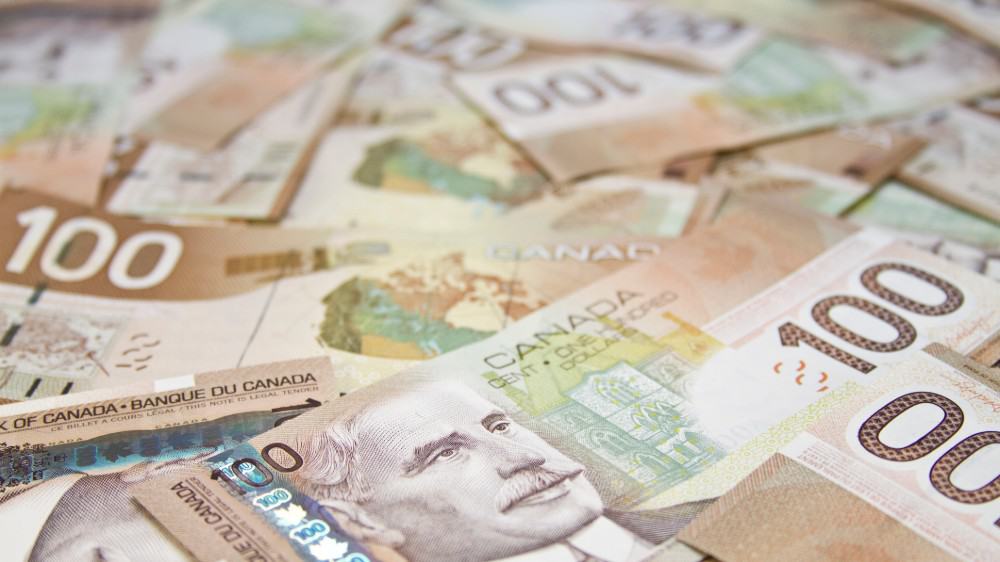In the summer, the Canadian federal government made it clear that the Canada Emergency Response Benefit (CERB) would be phased out in the fall. At the time, I’d suggested that CERB recipients should prepare for the inevitable. Fortunately, the federal government has revamped the employment insurance (EI) system and introduced three new benefits for Canadians. I’d discussed the CERB replacements, including the Canada Recovery Benefit (CRB) to kick off this month.
What is the CRB?
The Canada Recovery Benefit (CRB) is one of the three new benefits that have been introduced by the federal government. This benefit is designed for workers who are self-employed or who are not eligible for EI but still require support. Like the CERB, the CRB is valued at $500/week and will extend for a maximum of 26 weeks.
On October 2, the Canadian Senate passed Bill C-4 after a key compromise. The Senate briefly paused its progress when some senators complained of pressure to rubber-stamp legislation on short notice. Senator Marc Gold introduced a motion to start “hybrid” sittings. That will not be debated until the end of October. However, we’re here to talk about the CRB rather than the intricacies of the Canadian political system.
Don’t forget to explore alternatives
Provincial leaders are already taking steps to guard against the second wave of COVID-19. This will undoubtedly have a negative impact on the broader economy. Canadians will have a retooled EI and new benefits to fall back on. However, like the CERB, benefits like the CRB are also temporary. Recipients need to formulate long-term plans or risk falling into a financial trap.
With luck, many CERB recipients will have been able to tuck some cash away over the last several months. Now is the time to put that money to use. An investment in a Tax-Free Savings Account (TFSA) can work wonders when it comes to supplementing your income. I’m still bullish on the construction space going forward. Canadians seeking income should consider Bird Construction.
This stock has climbed 19% year-over-year as of close on October 5. Its shares last possessed a favourable price-to-earnings ratio of 12. Moreover, it offers a monthly dividend of $0.033 per share, which represents a strong 6% yield. Bird Construction in your TFSA is a solid alternative to the CRB.
The CRB: Basics on how to apply
Investment alternatives aside, Canadians need to know how they can file applications for these new benefits. On October 5, the Government of Canada launched the application process for the Canada Recovery Sickness Benefit (CRSB) and Canada Recovery Caregiving Benefit (CRCB). Applications for the Canada Recovery Benefit (CRB) will be accepted as of October 12, 2020.
There will be new elements included with these benefits to correct some of the oversights that occurred with the CERB. These elements include a 10% withholding tax at source, retroactive application periods, a shorter eligibility period of two weeks for the CRB, and a three-to-five-day window to receive payments for applications made by direct deposit. Like the CERB, the CRB application will be accessible through the Canada Revenue Agency Portal.









